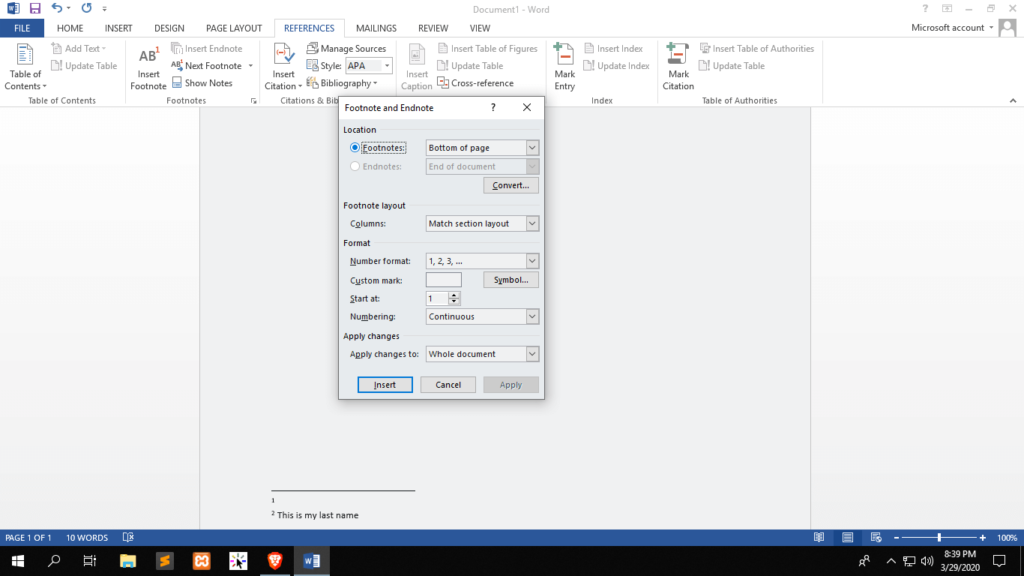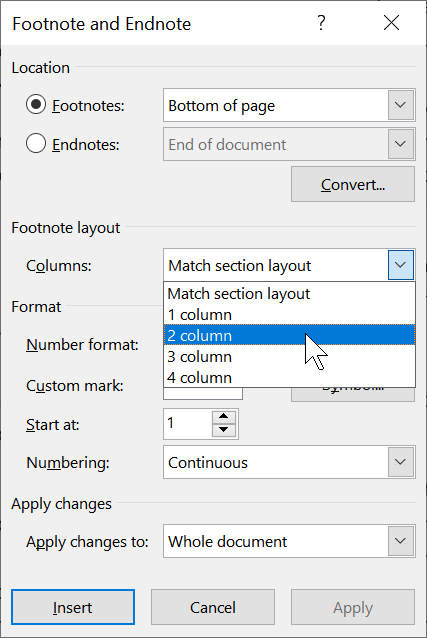

To compare them, follow the links at the top of this page, where you’ll find examples of the more common source types cited in each style. Each citation in the text matches up with an entry in a reference list, where full bibliographic information is provided.Īside from the way they cite sources in the text, the two styles are very similar. In this system, sources are briefly cited in the text, usually in parentheses, by author’s last name and year of publication. The author-date style is more common in the physical, natural, and social sciences.

This system is very flexible and can easily accommodate a wide variety of sources. Sources are also usually listed in a separate bibliography. Each note corresponds to a raised (superscript) number in the text. In this system, sources are cited in numbered footnotes or endnotes. The notes and bibliography style is popular in the humanities-including literature, history, and the arts. If you already know which system to use, follow one of the links above to see sample citations for a variety of common sources.

These two systems are also sometimes referred to as Chicago-style citations, because they are the same as the ones presented in The Chicago Manual of Style. Source citations in the Turabian manual come in two varieties: (1) notes and bibliography (or simply notes) and (2) author-date.


 0 kommentar(er)
0 kommentar(er)
